Juva Skincare is a Taiwanese skincare brand that I’ve been testing recently. The star ingredient in their skincare products is fullerene, which is a pretty unusual ingredient that I hadn’t researched before this review – here’s what it is and how it works!
What are fullerenes?
Fullerenes are molecules that are made up of carbon only, that are usually shaped like cages or tubes. There are a variety of different fullerenes, but the most famous is buckminsterfullerene, which has 60 carbon atoms arranged into a soccer ball structure. It’s commonly called a “bucky ball”, for hopefully obvious reasons:
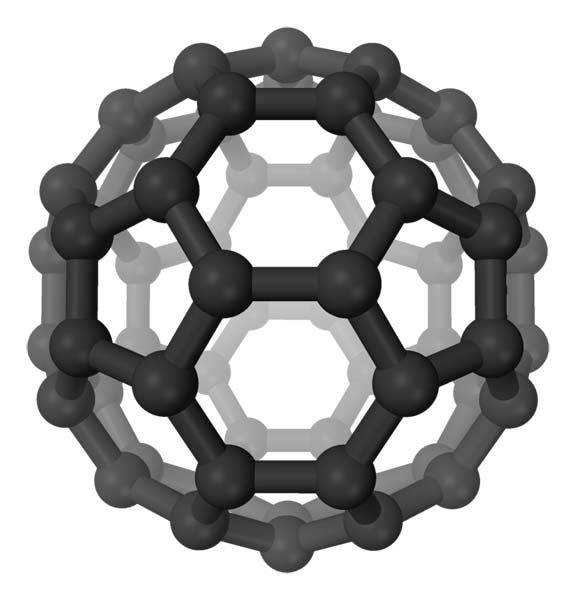
We’ve known about buckminsterfullerene for quite a while – since the 1980s – but it’s only relatively recently that it’s been researched for use in skincare. As well as having a cool structure, it turns out that it has some pretty interesting properties as a skincare ingredient as well!
What does fullerene do in skincare?
Buckminsterfullerene is commonly referred to as “fullerene” in skincare. Its most exciting property is that it can act as a potent antioxidant that can scavenge free radicals. Free radicals are one of the key causes of aging and cancer, and is related to lots of skin conditions like acne, rosacea and eczema, so removing them up with antioxidants is one way to slow down wrinkles and pigmentation. The double bonds in the fullerene can easily react with free radicals, soaking them up like a “radical sponge” so they can’t react with your skin and damage it.
There are lots of antioxidant ingredients available. However, unlike a lot of other antioxidants like vitamin C, fullerene is stable to light and heat, which makes it great for skincare products that sit around for months or years while getting used up. The spherical structure makes fullerene more reactive to free radicals, and unlike a lot of other antioxidants, it won’t lose its antioxidant ability after reacting (or at least until all 30 of its radical-neutralising bonds are used up!).
There are lots of in vitro studies on fullerene’s effects as an antioxidant, and one in vitro study suggests that it could be a more potent fighter of pigmentation than ascorbic acid and arbutin. A few clinical trials show that it can help with a number of different skin conditions:
Acne: A small clinical trial in 2011 found that applying a cream containing 1% of a fullerene ingredient twice a day for 2 months led to reduced acne without affecting the skin’s barrier function or moisture level. The researchers think it’s because fullerene can decrease the accumulation of pus and reduce sebum production.
Skin aging: A double blind study with 23 subjects found that applying a fullerene lotion for 2 months reduced how deep wrinkles were. Another study found that applying fullerene lotion increased the amount of collagen in skin and skin hydration, both of which lead to less wrinkles and plumper skin.
Reduced facial pores: A small study with 10 people found that applying a fullerene cream twice a day for 8 weeks led to a decrease in conspicuous facial pores by 17.6% (the researchers sugges that it’s due to decreasing pigmentation).
Barrier recovery: Fullerene also helps with barrier recovery and reduces the impact of UVB radiation from the sun.
In terms of safety, fullerene seems to be very safe for use in skincare products, with minimal irritation and other side effects.
The Japanese company Mitsubishi has been funding most of the research into fullerenes via their subsidiary company Vitamin C60 Bioresearch, but the studies have been published in good peer-reviewed journals, and there are some independent studies as well. Like with most other skincare ingredients, the studies haven’t been done on large populations and are designed more as preliminary studies, but the results are very promising! There are a few different skincare products that contain fullerene – so far I’ve only tried the Juva Skincare line.
Juva Skincare Review
Juva Skincare currently have four products in their range, and they’re all based around fullerene. It isn’t a full skincare line – it’s more focused on delivering actives to your skin, so you’ll have to use a separate cleanser and sunscreen.
The Juva products are all free from fragrance and alcohol, and not tested on animals. The formulations are quite bland, which means they’re good for sensitive skin. They’re also very light so it’s easy to work them into an existing routine.
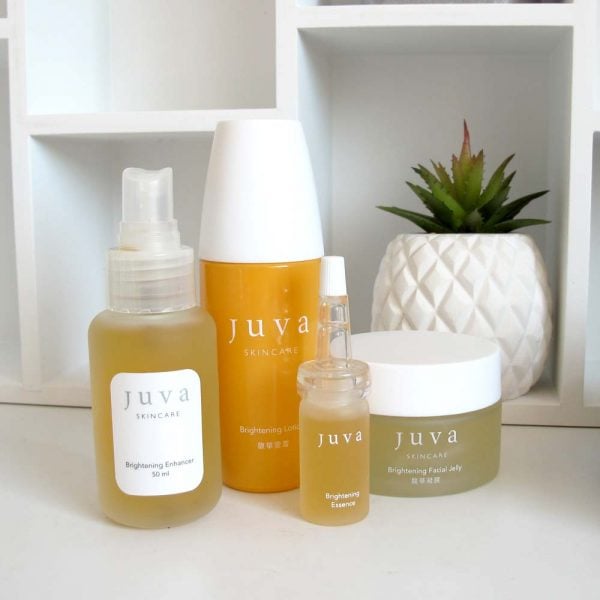
Brightening Essence
Brightening Essence ($87 AUD for 20 mL, two 10 mL vials) is Juva Skincare’s best seller, and the central product in the range. This essence has the highest concentration of fullerene in the range. In addition to the fullerene there are a couple of other interesting ingredients:
- Gluconolactone, a poly hydroxy acid. It’s a chemical exfoliant that works much like an alpha hydroxy acid, but works at higher pH and with less irritation
- Dipotassium glycyrrhizinate, a compound from licorice extract that lightens pigmentation
- Tremella fuciformis sporocarp extract, an extract from white jelly fungus that contains a humectant hyaluronic acid-like substance that holds onto water
There are also lots of other humectants like glycerin and Piper methysticum (kava) extract, which makes the essence really hydrating. It still manages to be a lot less sticky than most other humectant essences I’ve tried, while still managing to keep my skin moist and plump.
On my skin the Brightening Essence was the most effective product from this range for fading my post-acne hyperpigmentation, but unfortunately it’s also the most expensive.
The packaging is also a nice touch. It comes as two 10 mL vials with a nifty flexible dropper lid that made dispensing really easy. I also liked the fact that the packaging was really difficult to knock over and spill everywhere, unlike the more common glass dropper bottles. One vial is meant to be used up in two weeks, although I found that I could stretch it to one month even with daily use.
Ingredients: Aqua, Water-Soluble Fullerene, Glycerin, Glyceryl Polyacrylate, Piper Methysticum Extract, Gluconolactone, Sodium Benzoate, Dipotassium Glycyrrhizinate, Hydroxyethylcellulose, Tremella Fuciformis Sporocarp Extract, Magnesium Gluconate, Algae Extract, Chicory Extract, Maltose, Disodium EDTA
Brightening Enhancer
Brightening Enhancer ($92 AUD for 50 mL) is a very watery and lightweight toner that comes in a handy spray bottle. I tend to spray this into the palm of my hand and dab it onto my skin with my fingers, but the spray is fine enough that spraying it directly onto your face works well. The butylene glycol base is hydrating, but my skin is super dehydration-prone so I didn’t find that this was hydrating enough for my skin.
Ingredients: Aqua, Butylene Glycol, Fullerenes, Hydroxyacetophenone, 1,2-Hexanediol, PVP
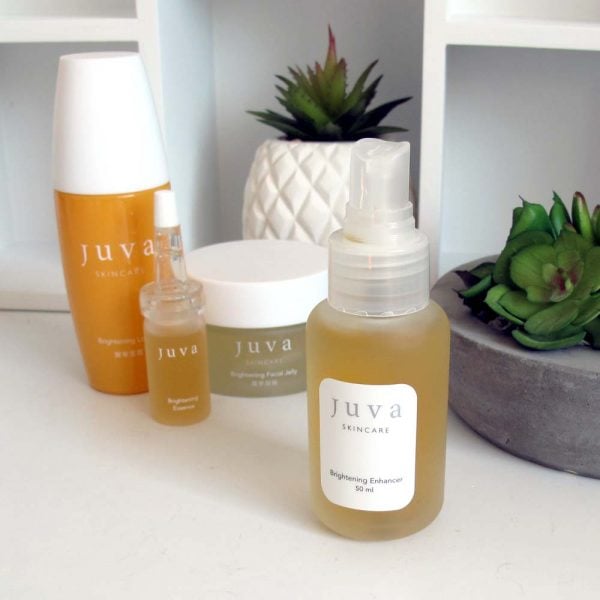
Brightening Lotion
Brightening Lotion ($69 AUD for 60 mL) is my favourite product from Juva’s range. It’s their heaviest product, and even then it isn’t particularly heavy. It’s a very light and hydrating moisturiser. As well as fullerene, the Brightening Lotion also contains emollient caprylic/capric triglyceride, shea butter and sunflower seed oil, and humectant butylene glycol and glycerin.
Unless your skin is very oily, this won’t be heavy enough as a night-time moisturiser. But because it’s so light, it works really well under sunscreen – it’s light enough that it feels like there’s zero residue on your skin after it sinks in (after a minute or two), yet it makes your skin feel properly hydrated. It also spreads really well, and comes in a fancy glass pump bottle. One or two pumps is more than enough to spread over your entire face.
Even though my skin is pretty oily, I didn’t find that adding this extra moisturiser to my skin under sunscreen made the oil worse. I think because it’s so hydrating, it actually made my skin less prone to excess oil!
Ingredients: Aqua, Caprylic/Capric Triglyceride, Butylene Glycol, Water-Soluble Fullerene, Glycerin, Glyceryl Polyacrylate, Shea Butter, Helianthus Annuus (Sunflower) Seed Oil, Sodium Acrylates Copolymer, Hydrogenated Polyisobutene, Phospholipids, Polyglyceryl-10 Stearate, Sodium Acrylate/Sodium Acryloyldimethyl Taurate Copolymer, Mineral Oil (Paraffinum Liquidum), Trideceth-6, Hydroxyacetophenone, 1,2-Hexanediol, Disodium EDTA
Brightening Facial Jelly
Brightening Facial Jelly ($59 AUD for 60 mL) is a hydrating wash-off mask that comes in a jar. You massage it onto your skin for 30 seconds, leave it for 5 minutes, then rinse it off. It’s recommended that you use this in the morning to perk up your skin, or in the shower.
This mask is Juva’s newest product. As well as fullerene, it has cucumber extract, ginseng root extract and hydrating algae extract. The mask itself smells like ginseng.
I’m generally not too fond of using wash-off active products, so I wasn’t expecting much – but I was pretty surprised to see that it gave an immediate brightening effect, which is rare for a product that doesn’t contain any white pigment! I’m guessing it’s from the soothing ingredients which calm down redness, and the intense hydrating effect which smooths skin out and makes it more glowy. This is a great hydrating treatment, but if you’re after fullerene specifically, I’d recommend the leave-on products instead.
The packaging is a little annoying because I don’t like dealing with jar products in the shower, especially jar products made of glass, so I end up dispensing a small amount into a plastic tub to take into the shower – I’d much prefer a plastic pump bottle.
Ingredients: DI Water, Water-Soluble Fullerene, Butylene Glycol, Glycerin, Cucumis Sativus (Cucumber) Fruit Extract, Panax Ginseng Root Extract, Hydroxyacetophenone, 1,2-Hexanediol, Piper Methysticum Root Extract, Magnesium Gluconate, Algae Extract, Chicory Extract, Maltose
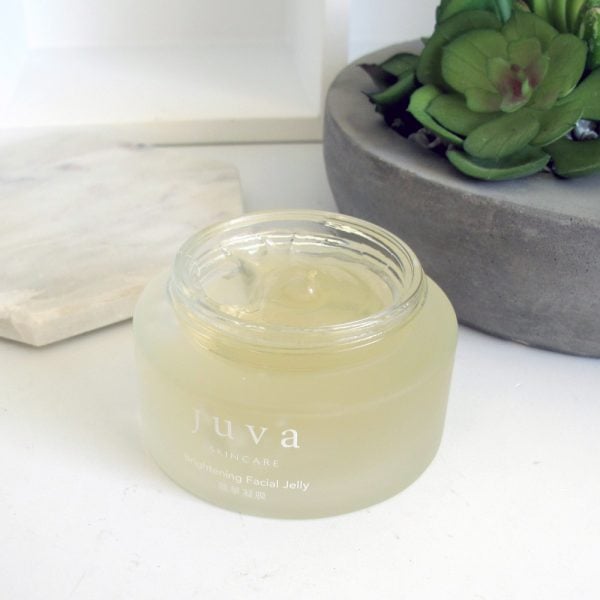
Verdict
I really like these products. They address my two main skin concerns, dehydration and pigmentation, and the textures are so weightless they don’t interfere anywhere near as much as other ingredients. In fact, I’d say that these products are amongst the most lightweight “active” products I’ve ever tried.
I generally avoid using products under my sunscreen during the day because I worry about the sunscreen sliding off too easily, and my skin is quite oily so heavy products really eat into my make-up’s lasting power. But since I’m dehydration-prone, I try to use a hydrating toner underneath my sunscreen. These products are actually brilliant under my sunscreen – while hydrating toners work as well, it’s hard to find a hydrating toner with actives in it that doesn’t end up uncomfortably sticky. I’m happy to say that the Brightening Lotion, Enhancer and Essence all work great in my daytime routine.
These products also avoid a few issues that I have with using my usual antioxidant of choice, vitamin C (ascorbic acid), during the day: ascorbic acid tends to stain your skin like fake tan, leave a sticky residue on your skin, turn orange over time and can even react with make-up ingredients.
My favourites are the Brightening Essence and the Brightening Lotion. While I don’t think fullerene will entirely replace the more tried-and-tested ingredients I use in my pigment-fading routine, the fact that Juva’s products are formulated to be so light means I can actually use them consistently in my morning routine, which I wasn’t really utilising that efficiently before. I’m also really fond of the Brightening Facial Jelly as a quick pick-me-up for tired dull skin.
The biggest issues with Juva’s products are that they’re relatively pricey, and the research behind fullerene isn’t as well established as the “classic” pigment-fighting ingredients like vitamin C, retinoids and hydroxy acids (but it’s miles better than most other other trendy ingredients). But if you can afford these products, and you want an extra product or two that can fade pigment, brighten skin and reduce wrinkles, they’re a great choice.
Have you tried any products containing fullerene? What did you think?
Juva Skincare can be purchased via their online store.
References
Rondags A et al., Fullerene C60 with cytoprotective and cytotoxic potential: prospects as a novel treatment agent in dermatology? (open access), Exp Dermatol 2017, 26, 220-224. DOI: 10.1111/exd.13172
Mousavi SZ et al., Fullerene nanoparticle in dermatological and cosmetic applications, Nanomedicine: NBM 2017, 13, 1071-1087. DOI: 10.1016/j.nano.2016.10.002
Inui S et al., Improvement of acne vulgaris by topical fullerene application: unique impact on skin care, Nanomed Nanotech Biol Med 2011, 7, 238-241. DOI: 10.1016/j.nano.2010.09.005
Inui S et al., Reduction of conspicuous facial pores by topical fullerene: possible role in the suppression of PGE2 production in the skin (open access), J Nanobiotech 2014, 12, 6. DOI: 10.1186/1477-3155-12-6
Kato S et al., Clinical evaluation of fullerene-C60 dissolved in squalane for anti-wrinkle cosmetics, J Nanosci Nanotechnol 2010, 10, 6769-6774. DOI: 10.1166/jnn.2010.3053
Fujimoto T et al., Fullerene is effective against wrinkles (open access), J Am Acad Dermatol 2010, 62, AB22. DOI: 10.1016/j.jaad.2009.11.127
Ngan CL et al., Skin intervention of fullerene-integrated nanoemulsion in structural and collagen regeneration against skin aging, Eur J Pharm Sci 2015, 70, 22-28. DOI: 10.1016/j.ejps.2015.01.006
Wang IC et al., C60 and water-soluble fullerene derivatives as antioxidants against radical-initiated lipid peroxidation, J Med Chem 1999, 42, 4614-4620. DOI: 10.1021/jm990144s
Murakami M et al., Photoprotective effects of inclusion complexes of fullerenes with polyvinylpyrrolidone, Photodermatol Photoimmunol Photomed 2013, 29, 196–203 DOI: 10.1111/phpp.12050
This is a sponsored post; however, the opinions expressed are still my honest opinions of the products. For more information, see Disclosure Policy.



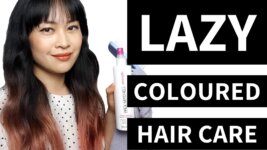
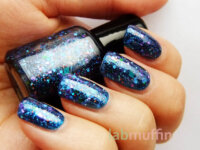
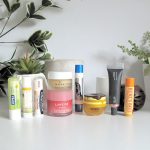
Brilliant Article. Would love to read about more brands from your educative blog.
Glad to find out about this product. All the Taiwanese skincare brands I’ve used have been very good and this sounds quite promising like the others. Look forward to trying it out once I’m done with my current products.
First time hearing of fullerene, but will be on the lookout for it from now on! I am of the same opinion with regards to jars in the bathroom. Sometimes I put the product in a little dip bowl, or (if it’s something I can leave on for a few minutes) I apply in the bedroom and wash it off in the shower. 🙂
Thanks Michelle- this review is so useful. Keep rocking it science style.
I always like to have some extra options on top of the usual ones for my hyperpigmentation, as it is easily my biggest skincare concern at the moment, so I wouldn’t mind the lack of huge studies.
Anne – Linda, Libra, Loca
Wow. So far I have met fullerenes in my lab several times, but I had no idea it could be used in skincare. There are a lot of antioxidants out there and this is also the first time a hear of one not of the typical biochemistry area. It’s really an interesting concept, and I’m thinking of trying it just because its nerdy. And no wonder it’s pricey – purified and derivatized (“soluble” fullerene means a fullerene derivative) fullerene just is an expensive substance.
Wow thanks for the information on this skincare line. Seems like some promising research and not just a load of **SCIENCE** marketing LOL. Like Zuzana above, I’d be keen on using it just because it’s nerdy haha
Michelle, I’m having a hard time grokking how fullerenes, which you describe as carbon molecules in a specific shape, are useful in skincare. You say things like “Fullerene reduces the depth of wrinkles,” but I can’t understand how a specifically-shaped carbon molecule does this. I kept waiting for you to say something like “Fullerenes help the skin absorb ascorbic acid,” something like that, where the fullerenes potentiate an active, and when you didn’t, I became confused.
From reading this, it seems we can apply specifically-shaped molecules of carbon to our skin and see results. That simply doesn’t seem possible. Is it because I have no chemistry education whatsoever, and that’s why it seems implausible to me?
I think if you could say something like, “Bink, vitamin C is nothing but a molecule made of [chlorine, nitrogen, and carbon], and this is a molecule made of only carbon.” (I made up the stuff about vitamin C as an example.) I could understand it that way, I think.
Dipotassium glycyrrhizinate doesn’t lighten pigmentation. It only has skin soothing properties.
It turns into glycyrrhizic acid when dissolved in water.